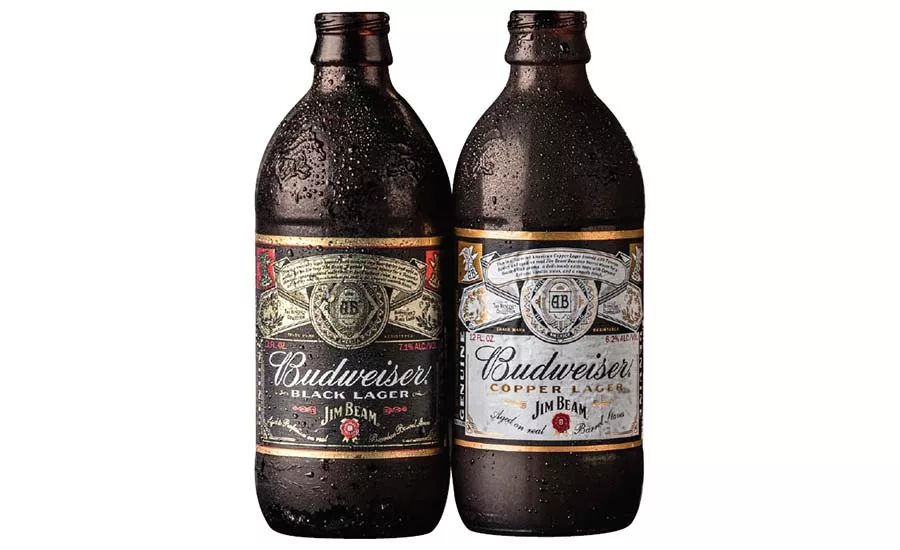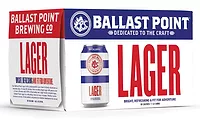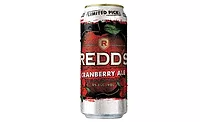2020 Beer Report: Diversification will be U.S. beer market’s recipe for success
Domestic beer brands broaden portfolio to tap into today’s trends

In 2007, Steve Jobs made history when he stated, “Today, Apple is going to reinvent the phone.” That statement at the MacWorld event marked the introduction of the iPhone. Since then, the cellphone market entered a new age as smartphone technology continues to advance. However, phone technology is not the only market that has experienced such major shifts in recent years. Today, we are seeing how the U.S. beer market is adapting as it enters its new age of product development.
“The market is at an inflexion point,” says Brian Sudano, managing partner at New York-based Beverage Marketing Corporation (BMC). “Major brewers are investing heavily in ‘non-traditional’ beer innovation such as hard seltzer and other flavored offerings. This is accelerating the alternative beer (malt) market at the expense of traditional beer that will likely result in greater declines for traditional beer.”
Chris Lombardo, senior analyst and team lead for Los Angeles-based IBISWorld, also highlights the shift that’s taking place within the beer category.
“The breweries industry is in a state of flux,” he says. “Historically, a few international goliaths have dominated the industry (e.g., AB InBev, MolsonCoors, etc.). However, the rise in popularity of craft beer and cider, along with renewed interest in wine, spirits and craft varieties of wine and spirits, has threatened the status of some of their largest brands, which have long been considered mainstays. Thus, while smaller, niche operators are experiencing growth in demand, these larger operators that account for about 70 percent of industry revenue are experiencing revenue losses.”
Lombardo attributes this to shifting consumer preferences coupled with slow response time from major brands. Additionally, more U.S. consumers have expanded their beverage alcohol consumption outside of beer, he says. Although this has challenged the market, Lombardo notes that operators are adopting this new norm.
“Still, larger operators are slowly changing with the times,” he says. “Large operators are buying up successful craft breweries in an attempt to buoy losses from their premium domestic offerings. Additionally, while these large operators have experienced revenue losses or volatility, they have consistently experienced profit margins in the double digits. Moreover, due to their size, international operations and acquisitions and reputation, it is unlikely that we will see a massive restructuring of major operators within the industry.”
Home front
Although 52-week data ending Dec. 29, 2019, from Information Resources Inc. (IRI), Chicago, shows that overall beer sales were up 5.2 percent, totaling more than $37.2 billion, and 2.3 percent for volume, the category’s largest market — domestic beer — was a small contributor to that performance.
(Brand family)
| Dollar Sales | % Change vs. Prior Year | Case Sales | % Change vs. Prior Year | |
| Bud | $6,933,168,109 | -4.7 | 321,519,335 | -5.5 |
| Coors | $2,480,263,484 | -1.2 | 116,464,308 | -2.5 |
| Miller Lite | $2,042,950,234 | 1.6 | 97,376,035 | 0.6 |
| Yuengling | $374,160,723 | -3.9 | 16,016,679 | -3.7 |
| Rolling Rock | $109,284,746 | -14.9 | 6,438,667 | -17.3 |
| Total sales* | $12,160,658,370 | -3.1 | 568,967,715 | -4.1 |
*Includes brands not listed.
Source: Information Resources Inc. (IRI), Chicago. Total U.S. supermarkets, drug stores, gas and convenience stores, mass merchandisers, military commissaries, and select club and dollar retail chains for the 52 weeks ending Dec. 29, 2019.
Total domestic beer, which IRI defines as domestic premium, domestic super-premium, domestic sub-premium and craft, saw case sales down 1 percent and dollar sales up 0.7 percent, totaling $25.1 billion in multi-outlets and convenience stores, according to IRI.
Analysts highlight that domestic beer has had a mixed bag of results. “Below premium is flat to down slightly; premium is down in mid-single digit range [and] super-premium is up in the high single digits,” BMC’s Sudano says.
(Brand family)
| Dollar Sales | % Change vs. Prior Year | Case Sales | % Change vs. Prior Year | |
| Michelob | $2,535,569,116 | 19.8 | 93,272,648 | 18.5 |
| Bud Specialty | $667,184,796 | -5.5 | 21,277,468 | -7.4 |
| Landshark | $45,883,711 | 0.7 | 1,685,537 | 0.9 |
| Budweiser Reserve Collection | $35,740,717 | -2 | 1,126,769 | -3.7 |
| George Killians | $12,294,082 | -4.9 | 456,444 | -5.9 |
| Total sales* | $3,333,675,391 | 13.3 | 119,464,101 | 12.4 |
*Includes brands not listed.
Source: Information Resources Inc. (IRI), Chicago. Total U.S. supermarkets, drug stores, gas and convenience stores, mass merchandisers, military commissaries, and select club and dollar retail chains for the 52 weeks ending Dec. 29, 2019.
(Brand family)
| Dollar Sales | % Change vs. Prior Year | Case Sales | % Change vs. Prior Year | |
| Busch | $1,478,542,069 | 1.4 | 91,286,107 | -0.4 |
| Natural | $1,408,757,354 | 7.8 | 89,941,606 | 5.7 |
| Keystone | $497,550,871 | -0.5 | 33,573,437 | -2.8 |
| Miller High Life | $446,814,067 | -1.7 | 26,548,107 | -4.1 |
| Bud | $315,802,288 | -0.3 | 17,790,596 | -2 |
| Total sales* | $5,358,941,332 | 1.2 | 332,515,670 | -0.7 |
*Includes brands not listed.
Source: Information Resources Inc. (IRI), Chicago. Total U.S. supermarkets, drug stores, gas and convenience stores, mass merchandisers, military commissaries, and select club and dollar retail chains for the 52 weeks ending Dec. 29, 2019.
IBISWorld’s Lombardo explains that consumers’ desire for varied styles have disrupted the beer market, but brewers are in tune with this trend and looking to fill that need state.
“Aside from hurting revenue for larger players, in particular, these trends have resulted in operators diversifying their product offerings in hopes of attracting consumer attention,” he says. “Most craft breweries have been doing this all along, contributing to their rise in popularity; however, larger operators are beginning to catch on and are either introducing new varieties from their U.S. breweries or acquiring international brands.”
BMC’s Sudano also notes the ways in which domestic brewers are changing their narrative. “Domestic brands launched brands, such as Budweiser Cooper Lager and Budweiser Black Lager to target [the] craft segment,” he says. “Major brewers’ also [are] launching beer brands in the craft and imported beer space. It is more about participating in growth of segment versus extending domestic brands into the imported or craft market. BI
Looking for a reprint of this article?
From high-res PDFs to custom plaques, order your copy today!






